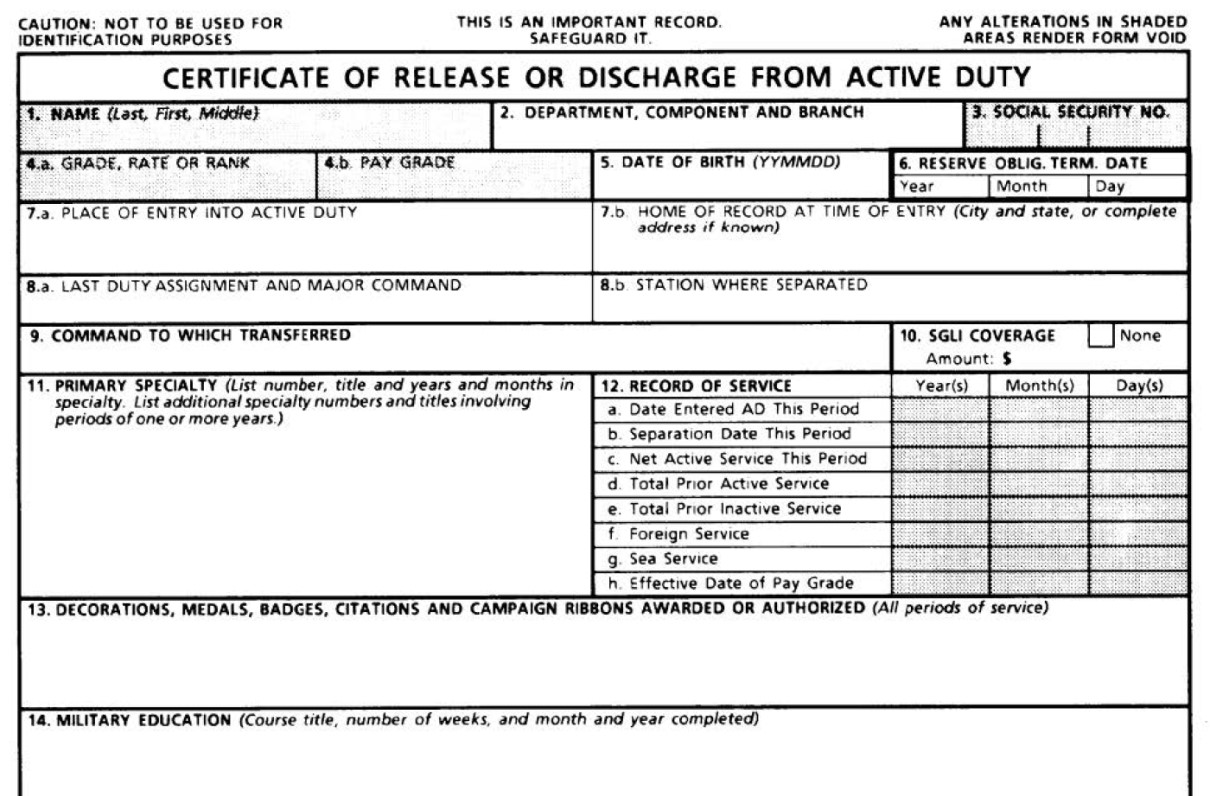First of all, you might ask, what is an insurance annuity? For the purposes of this article, it is a savings/investment insurance product with account value protections and tax-deferred growth. The insurance is in the form of value protection and income guarantee options.
The following is my professional opinion. Money issues aren’t cut and dry, and some of you will see things differently.
I owned a variable annuity — investment vehicle, not savings — for 20 years. I sold a home, made a few bucks, and didn’t need the money. I used an annuity as a long-term strategy to grow the money and defer taxes on gains. I made this purchase five years before I started in the financial business. I would do it differently today.
[RELATED: MOAA's Members-Only Financial Planning Guide]
As the consumer, ask yourself, do you really need insurance to accomplish your objective?
I consider using an insurance product for savings investments to be a last resort. After exhausting other more efficient or effective money-managing strategies, I might consider an annuity, but I would never lead with one.
Getting protection through insurance can be costly. Annuities state their expenses in the fine print, which requires you to do a thorough search. Some annuities say they have "no fees," but the costs are in the limitations placed on the returns and in the withdrawal rules. And there is opportunity cost: The returns you could have earned but the insurance company is collecting to pay for insurance protection.
The current hot item is a fixed-indexed annuity. These are interest-bearing savings accounts where the interest rate floats based on stock market movements but with no possibility of a negative return. These sell well because of stock market fear. The fear of a stock market correction drives us to insurance for protection. Insurance works well to minimize fear.
[RELATED: Visit MOAA's Financial Planning Page]
If you’re worried about a stock market drop, review your financial objectives and the strategies you use for each one. Investment risks can be managed with other effective and more cost efficient strategies.
The 1999-2008 stock market was among the worst 10-year periods on record, from the dot-com bubble to the 2008 debacle. The stock market in 2008 dropped significantly, shaking peoples' beliefs in the economy. But annualized over the 10-year period of 1999-2008, the S&P500 was down only 1.5% (dividends reinvested). An appropriate portfolio allocation for your long-term objective could have spared you the deep drop, recovered, and been way up by now. And the money was available in a pinch.
Establish your money objectives (long-term growth, future large purchases, emergencies, long-term care, etcetera). Figure how much money you need to meet each objective. Divide your money by objective and amount. Separate accounts might or might not be necessary. Have a separate strategy/portfolio allocation for each objective; for example, emergency accounts need liquidity and value stability. That pretty much defines your strategy and decides your savings vehicle options.
The stock market is down only 23% of the time. Manage risk by selecting a portfolio allocation that provides a comfort level for that time, then rest easy during the 77% of time the market is making you money. Use inexpensive index funds in an inexpensive account. Keep the returns for yourself.
For more information, read “Your Guide to Annuities: An Introduction."




